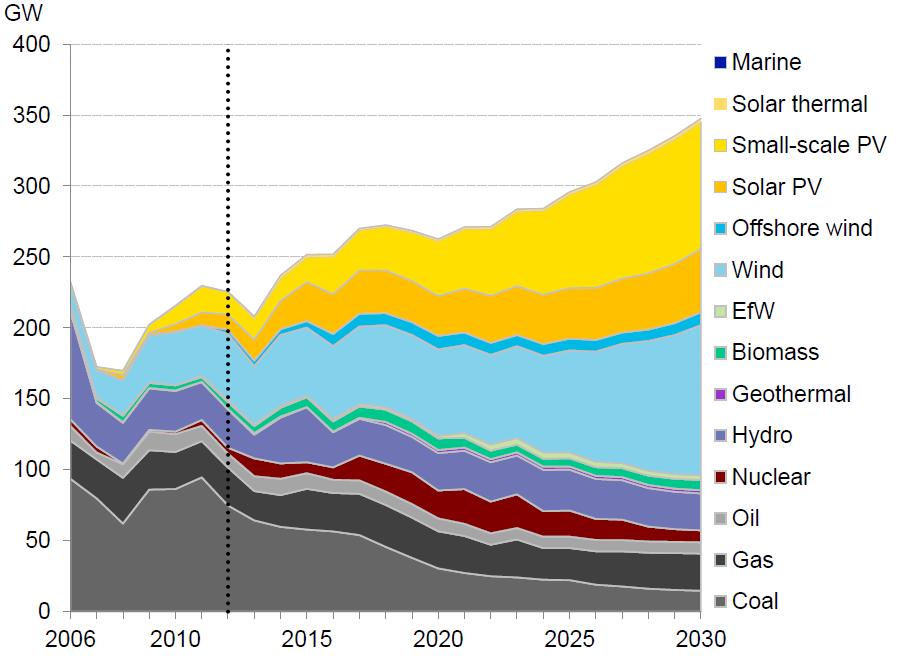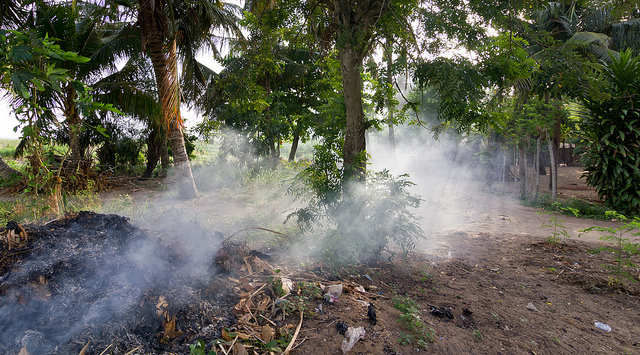Search Results for Tag: fossil
Dendrogramma, a #speciesoftheweek that could rewrite the tree of animal evolution

Dendrogramma by Jorgen Olesen, Figure 1. Dendrogramma gen. nov., doi:10.1371/journal.pone.0102976.g001
Almost 30 years ago, Biologist Jean Just and his colleagues took samples from the deep sea close to Australia. They used some kind of a wire-mesh cage, dragged by a rope on a ship, to skim the top layer of soil from the ocean floor at 400 and 1000 meter depth. These cages dug out and carried away everything that could not escape fast enough. Among the findings were mushroom-shaped organisms. And in 1986 the scientists had no clue what they had brought to their lab.
So the just a few millimeter sized creatures went the way of all still to be classified findings – and there had been a lot in the cages – it was conserved in the best possible way, in alcohol. Unfortunately, this conservation method is not approriate for any moleculobiological analysis after such a long time, to determine the species’ origin. But it was obvious to the researchers, that even though the organisms shares some of it’s features with comb jellies and Cnidaria it does not belong to either one of them. The species, they named Dendrogramma during the process, does neither feature stinging cells or tentacles (as Cnidaria) nor the typical sensory organs of comb jellies.
Now they know that they had discovered something very special, a new genus: Dendrogramma. And on top of that with two new species named Dendrogramma enigmatica and Dendrogramma discoides.
What does this discovery mean for the family tree of the animal species?
Having found animals that can not be classified to any existing animal group could help to get a clearer view on the evolution of animal kingdom at all. The National Geographic quotes Leonid Moroz, a neurobiologist at the University of Florida: If the new species turn out to be descendants of early animals, the find could “completely reshape the tree of life, and even our understanding of how animals evolved, how neurosystems evolved, how different tissues evolved.” An he adds: “It can rewrite whole textbooks in zoology.”
The research has only just begun.
Pollution by burning trash – #numberoftheweek: 41
More than 40 percent of the garbage that we produce is burned unregulated, estimates a new study led by the National Centre for Atomspheric Research. These fires are responsible for blowing gases and particles into the atmosphere. You can guess that this is not exactly healthy, neither for humans nor the climate.
How did the researches manage do collect the data? They could hardly visit every open fire around the globe to measure the influence of it’s smoke.
Instead they compared population figures and per capita waste production with official tallies of trash disposal for each country in the world. The result is that 1.1 billion tons, or 41 percent, of the total waste generated worldwide is disposed of through unregulated burning every year: our #numberoftheweek.
The study also offers the opportunity to check if your country is among the biggest polluters. If you are living in China, the United States, India, Japan, Brazil, and Germany you belong to the top waste producers worldwide. But if you call China, India, Brazil, Mexico, Pakistan, and Turkey home, your nation belongs to the greatest emitters of pollution from trash burning.
Renewables, it’s time to lead. By 2030.
Fossil fuel enthusiasts need to wrap up warmly by 2030. Because major investments in new power supply will be handed over from coal and gas to renewables, worldwide. They will account for up to 70 percent, according to calculations by Bloomberg New Energy Finance. Where do these numbers come from? Well, Bloomberg analysts reviewed gas prices, carbon prices, counted in the dwindling price of green energy technology, and overall energy demand. The result is that solar and wind are going to beat fossil fuels like coal and natural gas by 2030.

Annual installations of new power sources, in gigawatts; over time.
Picture credit: Bloomberg New Energy Finance
„The likeliest scenario implies a jump of 230 percent,“ they say, compared to 2012. In total numbers: $630bn will be invested per year. According to Bloomberg New Energy Finance wind and solar will take up the largest shares of new power capacity, accounting for 30% and 24% respectively.
But, of course, the good news comes with a flipside: Fossil fuels historically are mounted to the power markets that even this projected massive growth is not enough to change completely towards sustainability. By 2030, non-renewable sources will still account for half of the world’s total power supply, according to the analysis.





Feedback